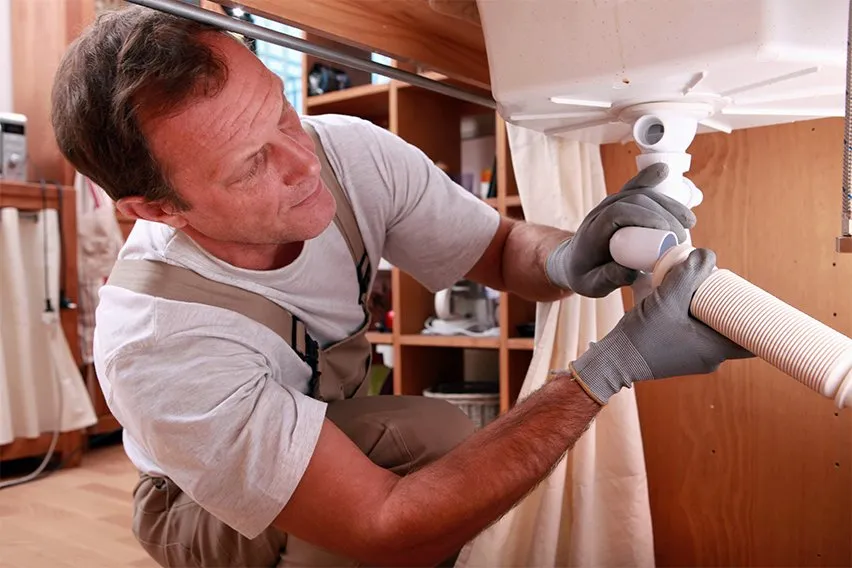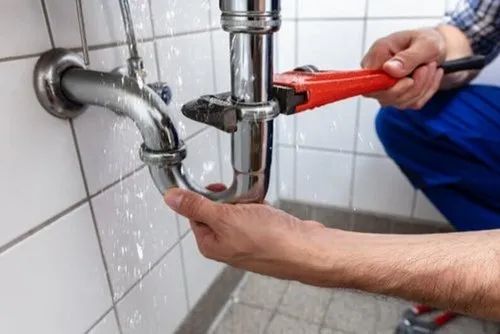Understanding how to read plumbing blueprints is an essential skill for both homeowners and real estate developers. Whether you’re planning a home renovation or overseeing a large-scale construction project, being able to interpret these blueprints accurately can save time, money, and prevent costly mistakes. This guide will walk you through the basics and intricacies of reading plumbing blueprints.

What Are Plumbing Blueprints?
Plumbing blueprints are detailed drawings that represent the layout of a building’s plumbing system. They show the location of pipes, fixtures, and appliances like sinks, toilets, and water heaters. These blueprints are crucial during the construction phase as they guide plumbers and builders in installing the plumbing system correctly.
The Importance of Understanding Plumbing Blueprints
Being able to read these blueprints ensures that all plumbing components fit together seamlessly. It helps in identifying potential issues early on and allows for adjustments to be made before actual construction begins. Moreover, understanding these plans can aid in future renovations or repairs.
Key Components of Plumbing Blueprints
1. Symbols and Notations
Plumbing blueprints use a variety of symbols and notations to represent different components. For example, a circle with an ‘X’ might denote a floor drain, while a ‘T’ shape could represent a tee fitting. Familiarizing yourself with these symbols is crucial for interpretation.
2. Scale and Dimensions
Blueprints are drawn to scale, meaning they are a proportional representation of the real-world dimensions. Understanding the scale helps in visualizing the actual size and layout of the plumbing system.
3. Pipe Sizes and Types
Different pipes have different functions and are represented accordingly on blueprints. Knowing the types and sizes of pipes used in your plumbing system is important for installation and maintenance.
Steps to Read Plumbing Blueprints
1. Start with the Legend
The legend is your blueprint’s glossary. It provides explanations for the symbols and notations used throughout the document. Begin by studying the legend to understand what each symbol represents.
2. Examine the Layout
Look at the overall layout to get a sense of where key plumbing components are located. Identify the main water supply lines, drainage lines, and the location of fixtures.
3. Identify the Water Supply System
The water supply system is a crucial part of the blueprint. It shows how water is delivered to various parts of the building. Follow the lines from the main water source to understand the flow and distribution.
4. Analyze the Drainage System
Drainage systems are equally important as they remove wastewater from the building. Trace the drainage lines to ensure they connect properly to each fixture and comply with plumbing codes.
5. Cross-Reference with Specifications
Blueprints often come with a set of specifications that provide additional details. Cross-reference these specs with the blueprint to get a comprehensive understanding of the plumbing system.
Common Challenges and Tips
1. Interpreting Complex Symbols
Some blueprints contain complex symbols that can be difficult to interpret. Refer to resources like online guides or consult a professional if you’re unsure.
2. Ensuring Code Compliance
Plumbing systems must adhere to local building codes. Ensure that the blueprint complies with these standards to avoid legal issues down the line.
3. Collaborating with Professionals
When in doubt, work with a professional plumber or a blueprint consultant. They can provide valuable insights and ensure that the plumbing system is designed and implemented correctly.

FAQs
What are the most common symbols found on plumbing blueprints?
Symbols for water lines, drains, vents, and fixtures are commonly found. Each blueprint should have a legend explaining these symbols.
How can I ensure my plumbing system complies with local codes?
Consult with a local building authority or a professional plumber. They can help you ensure your plumbing design adheres to all necessary regulations.
Can I modify the plumbing blueprint on my own?
While you can make suggestions, it’s best to work with a professional to make any modifications to ensure they are feasible and code-compliant.
If you’re planning new construction or renovations, it’s crucial to understand the basics of plumbing blueprints. For more insights, check out this guide on planning for plumbing when building a new home. Additionally, you might find this resource on plumbing apps helpful for managing your projects efficiently.
This article contains affiliate links. We may earn a commission at no extra cost to you.



